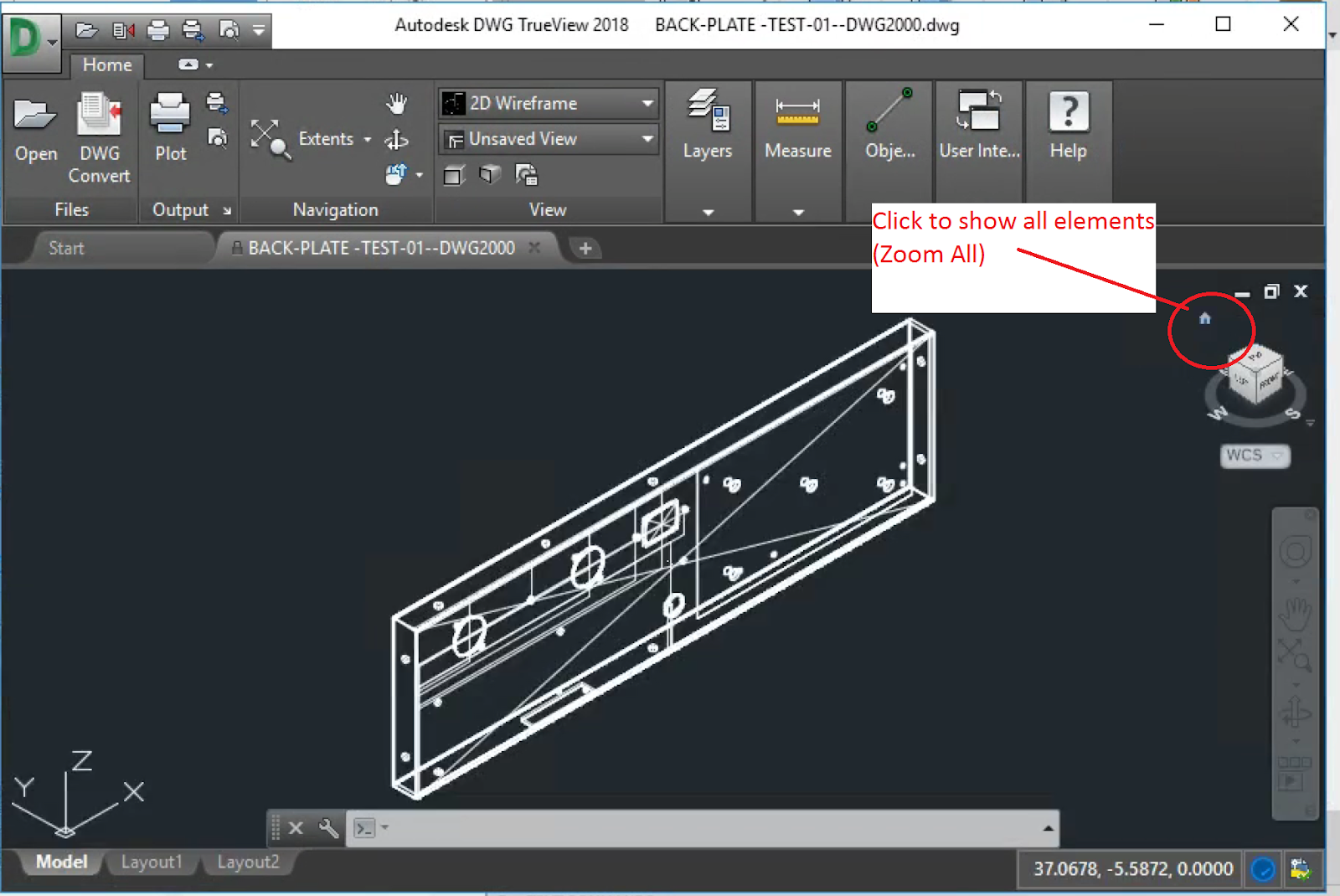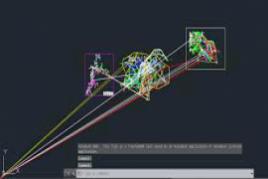
This method no longer works since DWG TrueView 2012. Here is the list of variables available in DWG TrueView 2009:įONTMAP "C:\Documents and Settings\USER\Application Data\."

enable the old pulldown menus ( MENUBAR) or set an alternate font ( FONTALT). Plus you can use (paste) the SETVAR command to list and set a couple of system variables. "learn" DWG TrueView to know commands like GRID, PLOTTERMANAGER, REGEN, REDRAW, REDRAWALL, 3DCONFIG, STYLESMANAGER, VIEWGO and VIEWPLAY, XREF and IMAGE (external references palette) or even the commandline versions - XREF and -IMAGE which can really attach external files. This opens new possibilities to enter other AutoCAD commands and set AutoCAD system variables in DWG TrueView. in Notepad and paste it to DWG TrueView (mouse cursor on the commandline). And although there is a commandline in DWG TrueView, it seems to be only for prompts and it is not possible to enter (type in) commands like in normal AutoCAD.īut! Despite of this, you can use an undocumented operation and paste texts (commands) to the commandline via standard keyboard shortcut for clipboard paste: Ctrl+V (press ESC to return to the "command prompt" mode).

The application menu (ribbon in version 2009) offers only a couple of commands like OPEN, DIST, AREA, PLOT, PUBLISH, PAGESETUP, DWGPROPS, ZOOM, PAN, VIEW, 3DORBIT, ABOUT or DWGCONVERT and VIEWERPREFERENCES. Users can install DWG TrueView on their own using Software Center. So it contains the full AutoCAD kernel, only with a limited access to the command set and to API interfaces. The DWG TrueView installation is available for all DTSD devices via Software Center.

The free DWG viewer and converter Autodesk DWG TrueView is an application based on AutoCAD OEM. The hidden commands in Autodesk DWG TrueView.


 0 kommentar(er)
0 kommentar(er)
